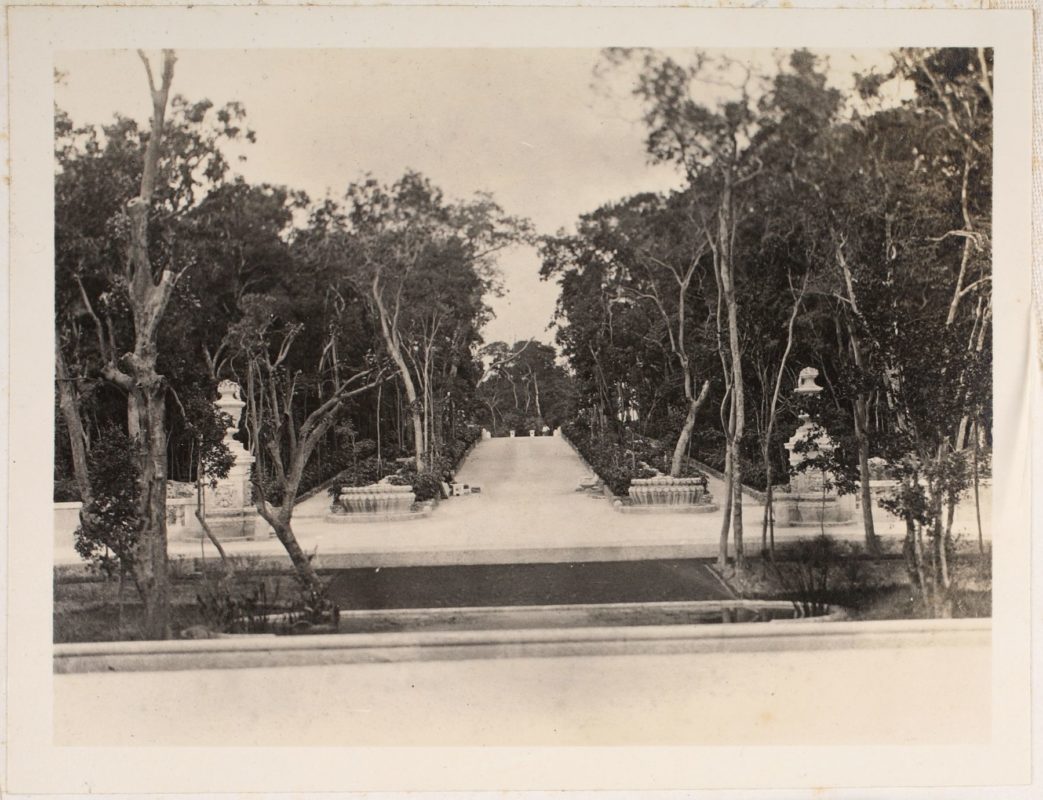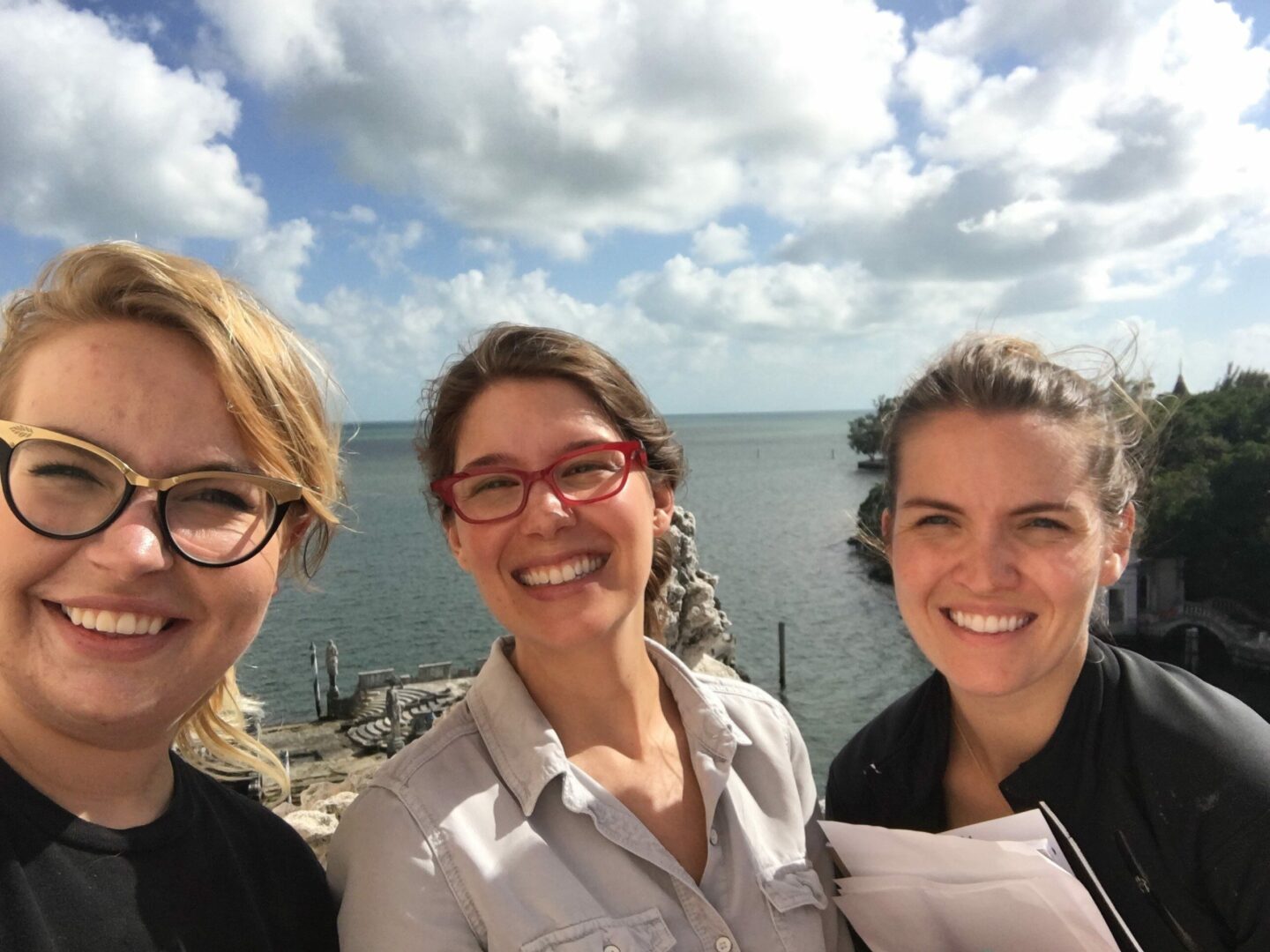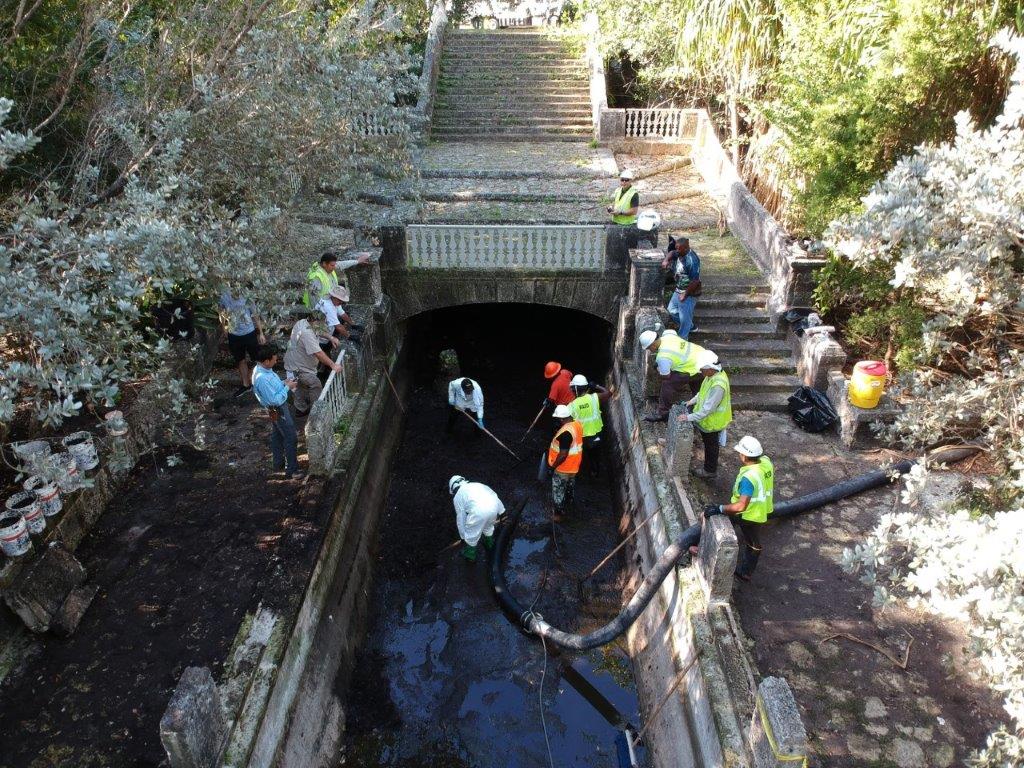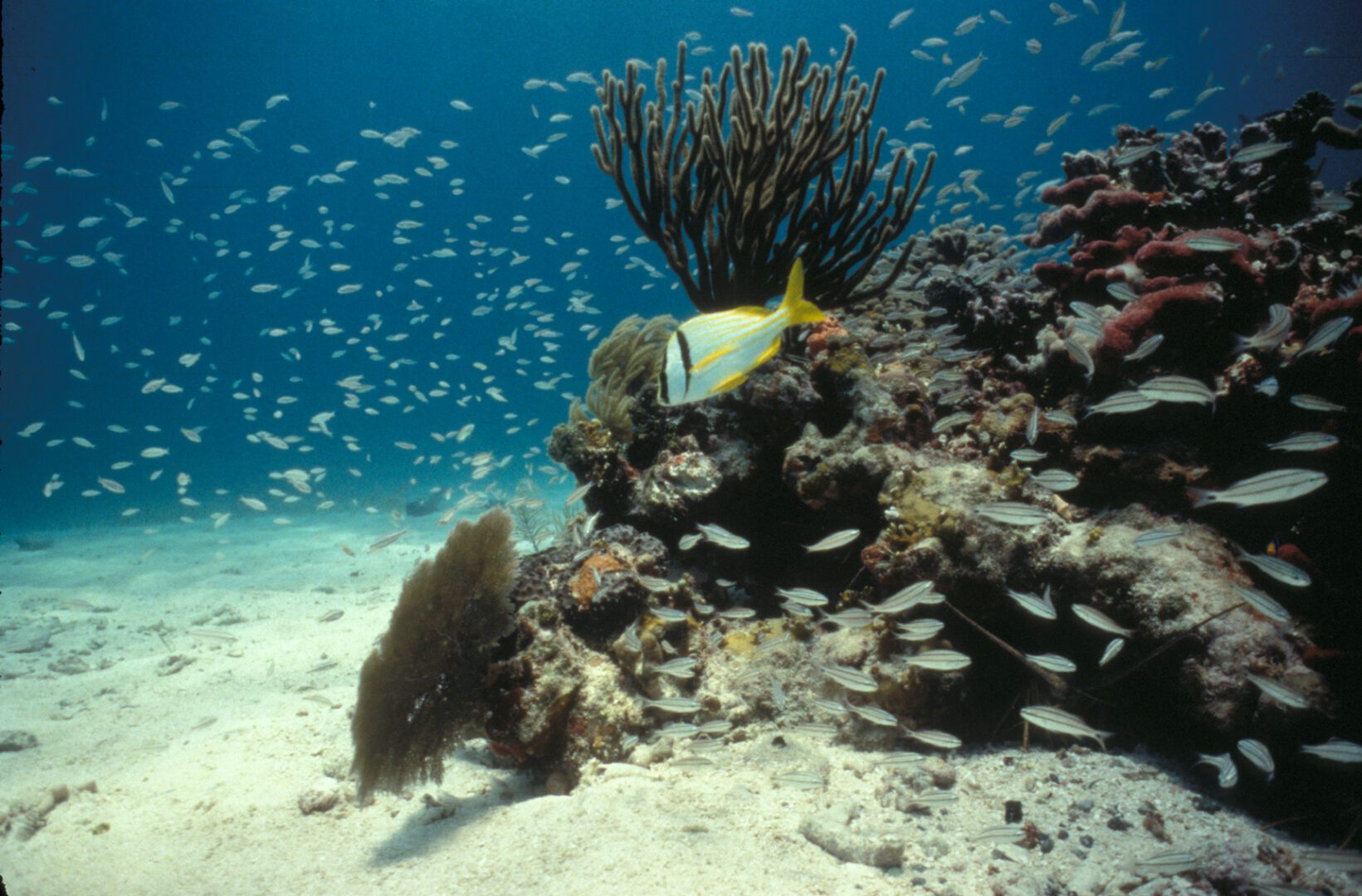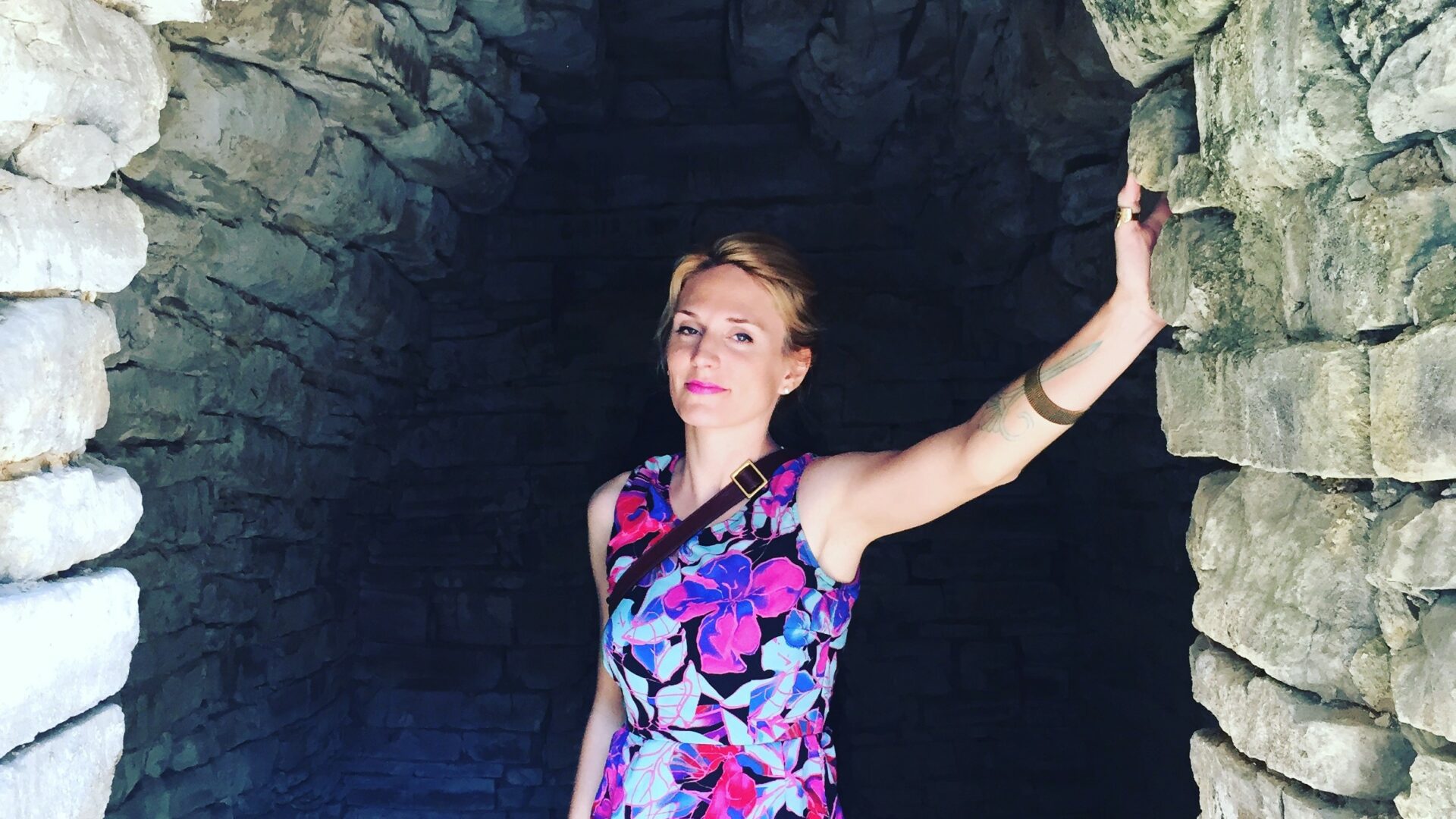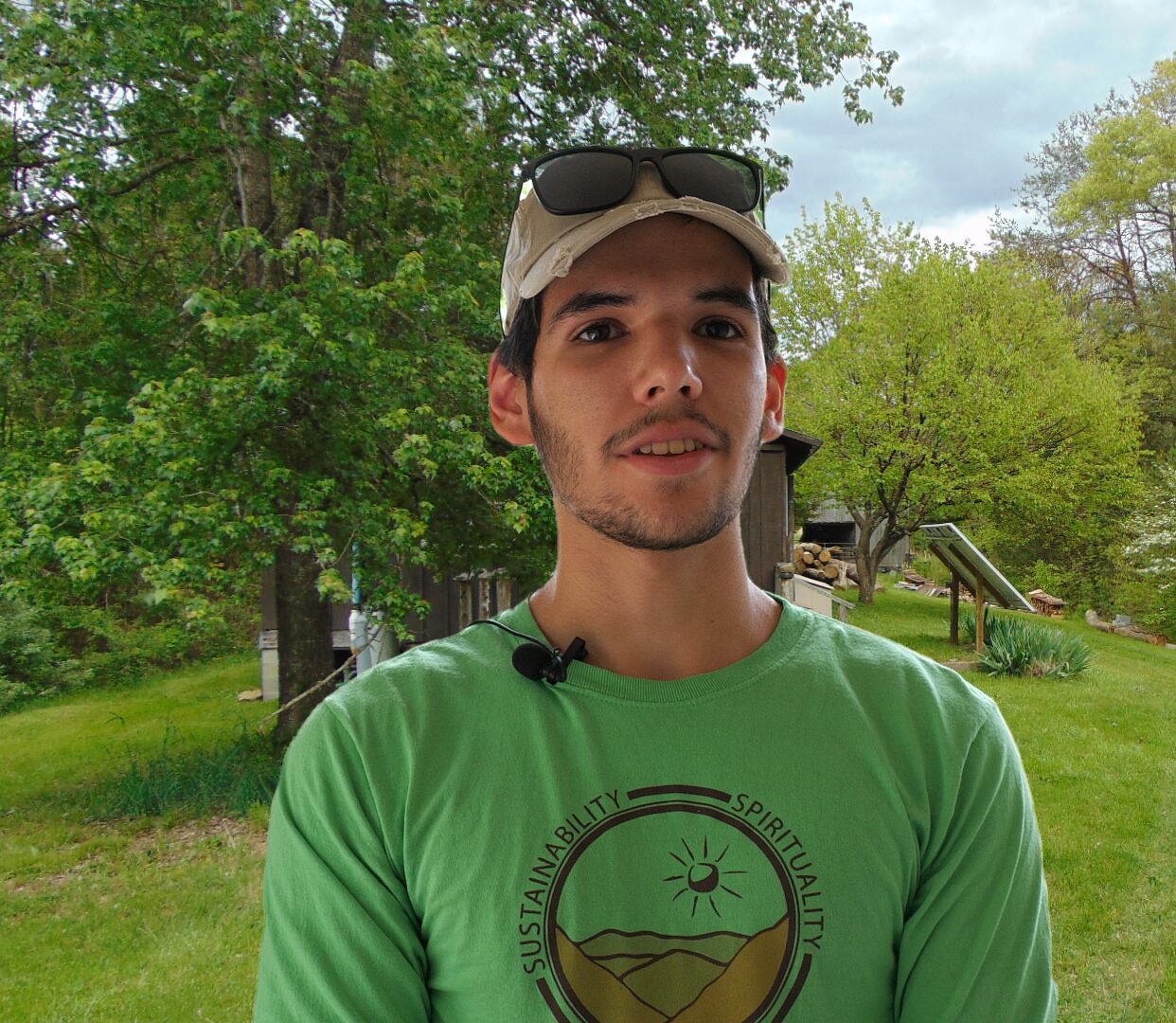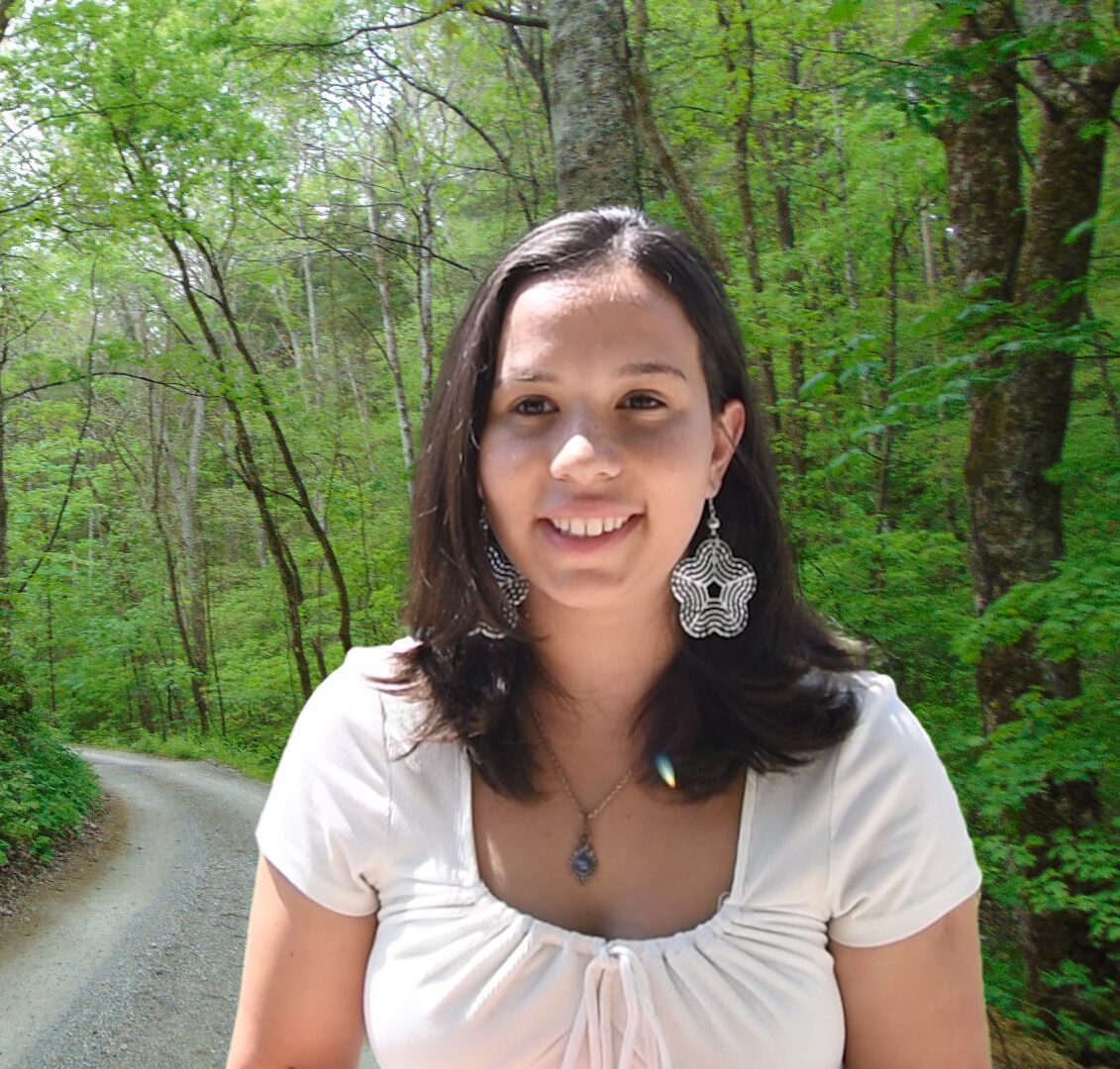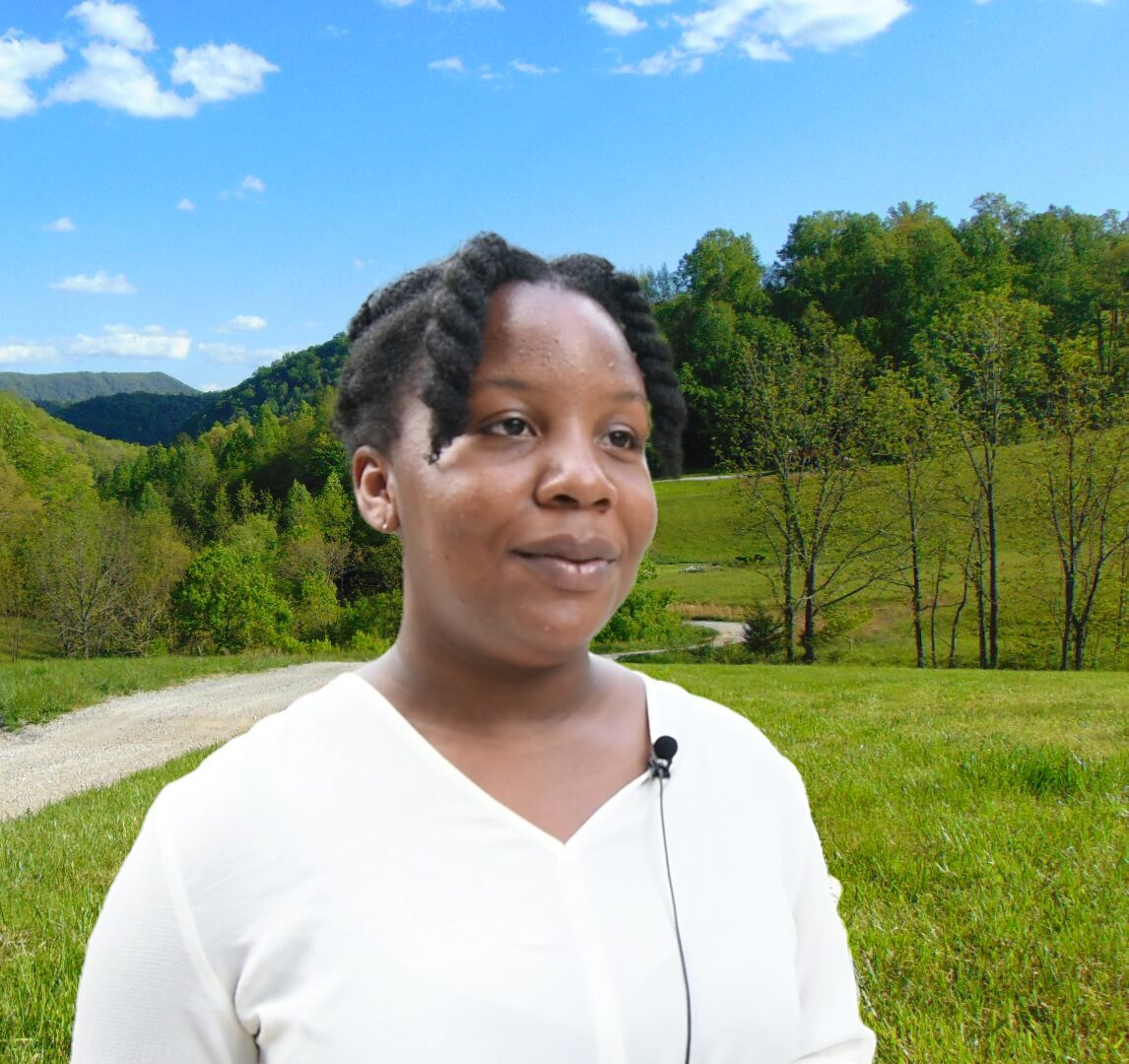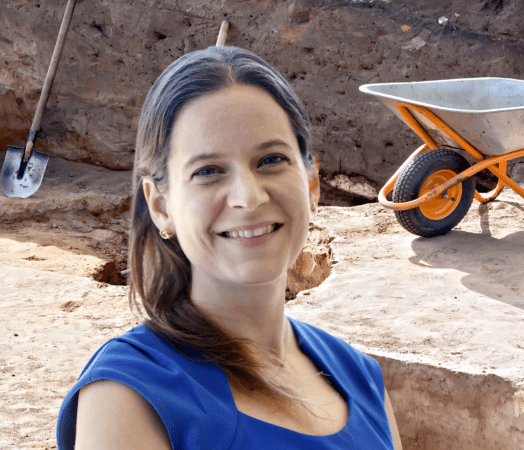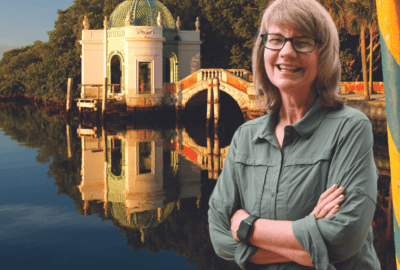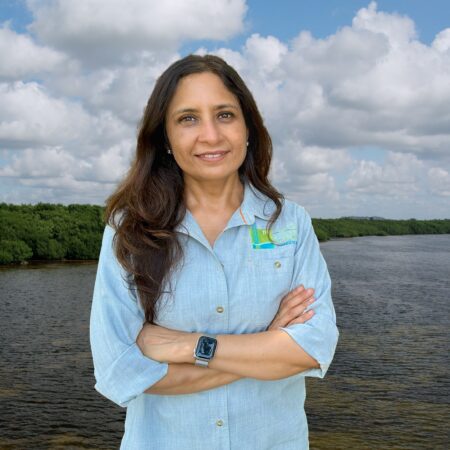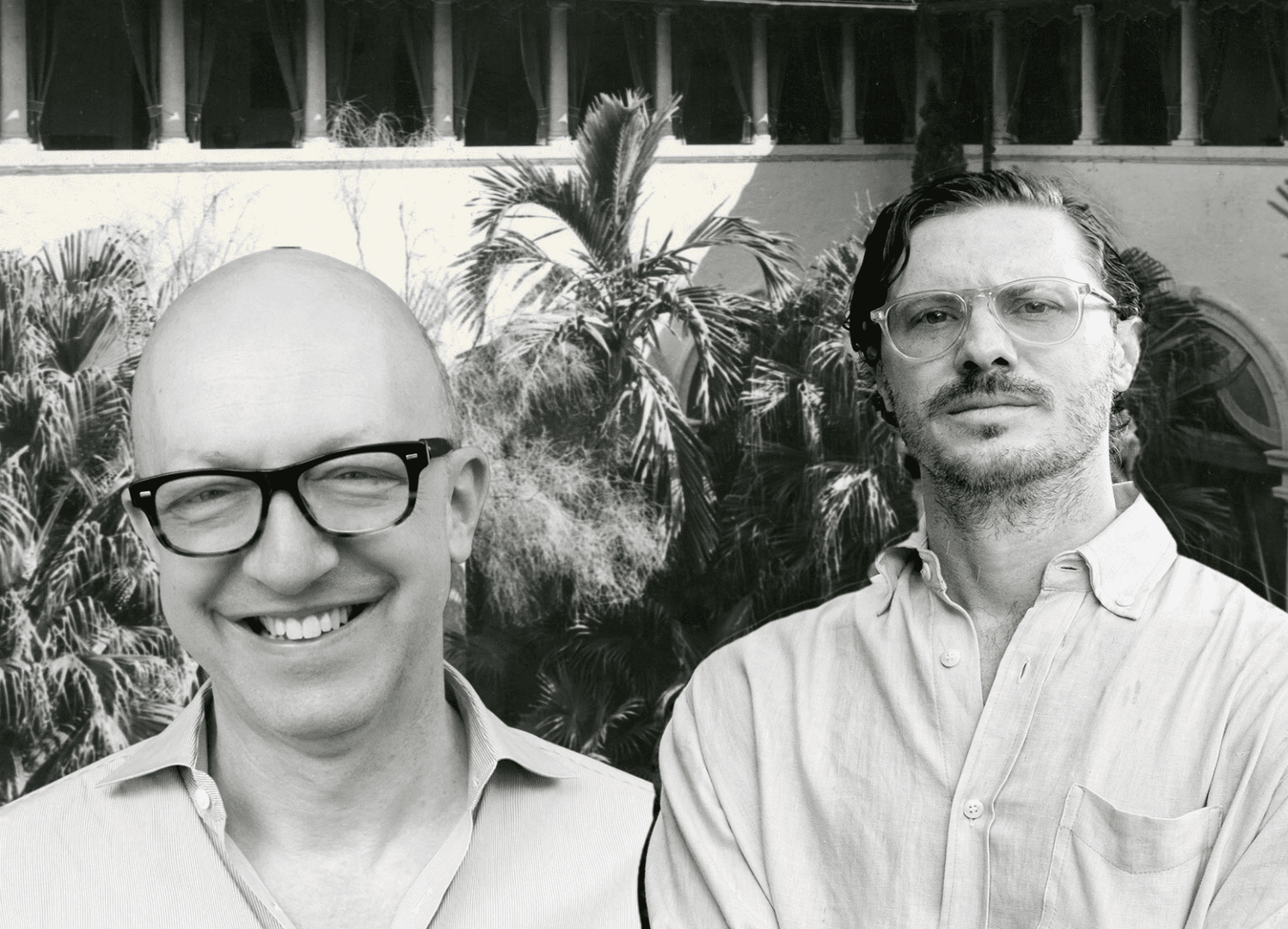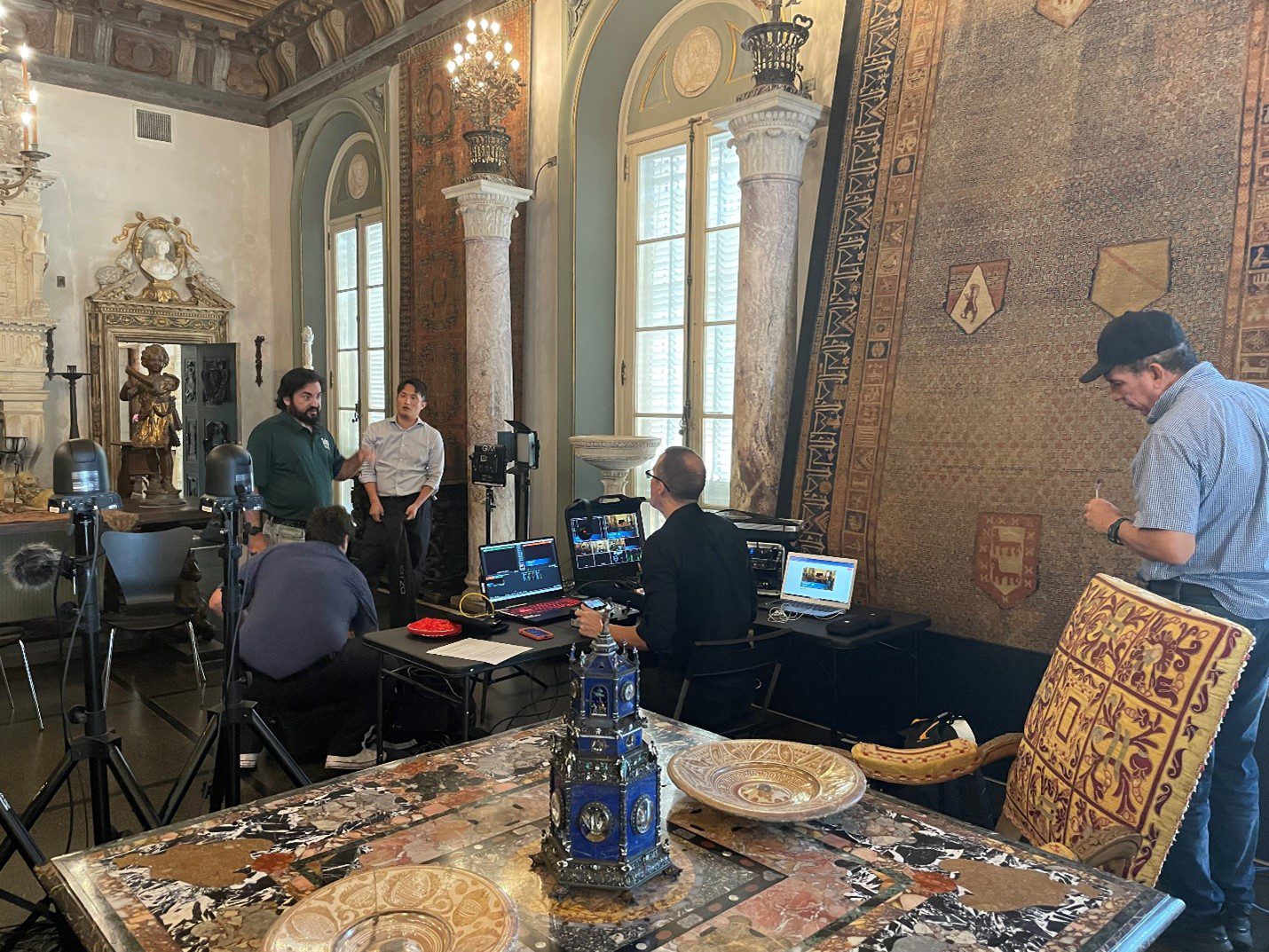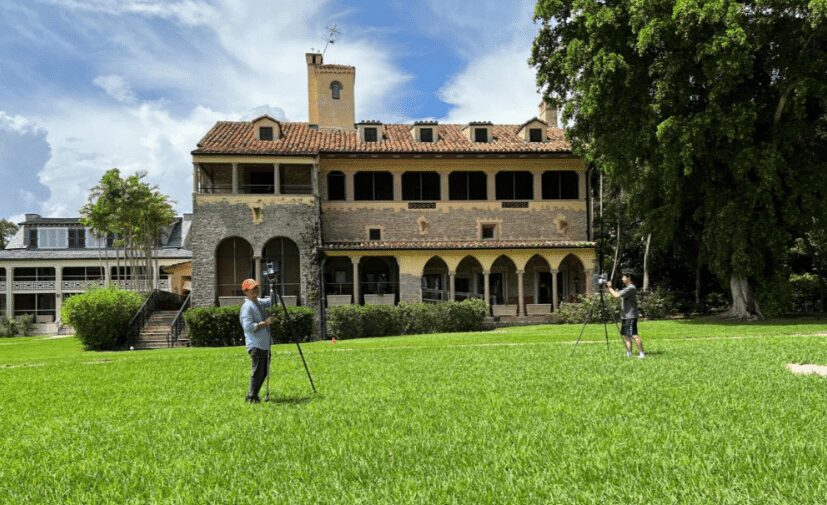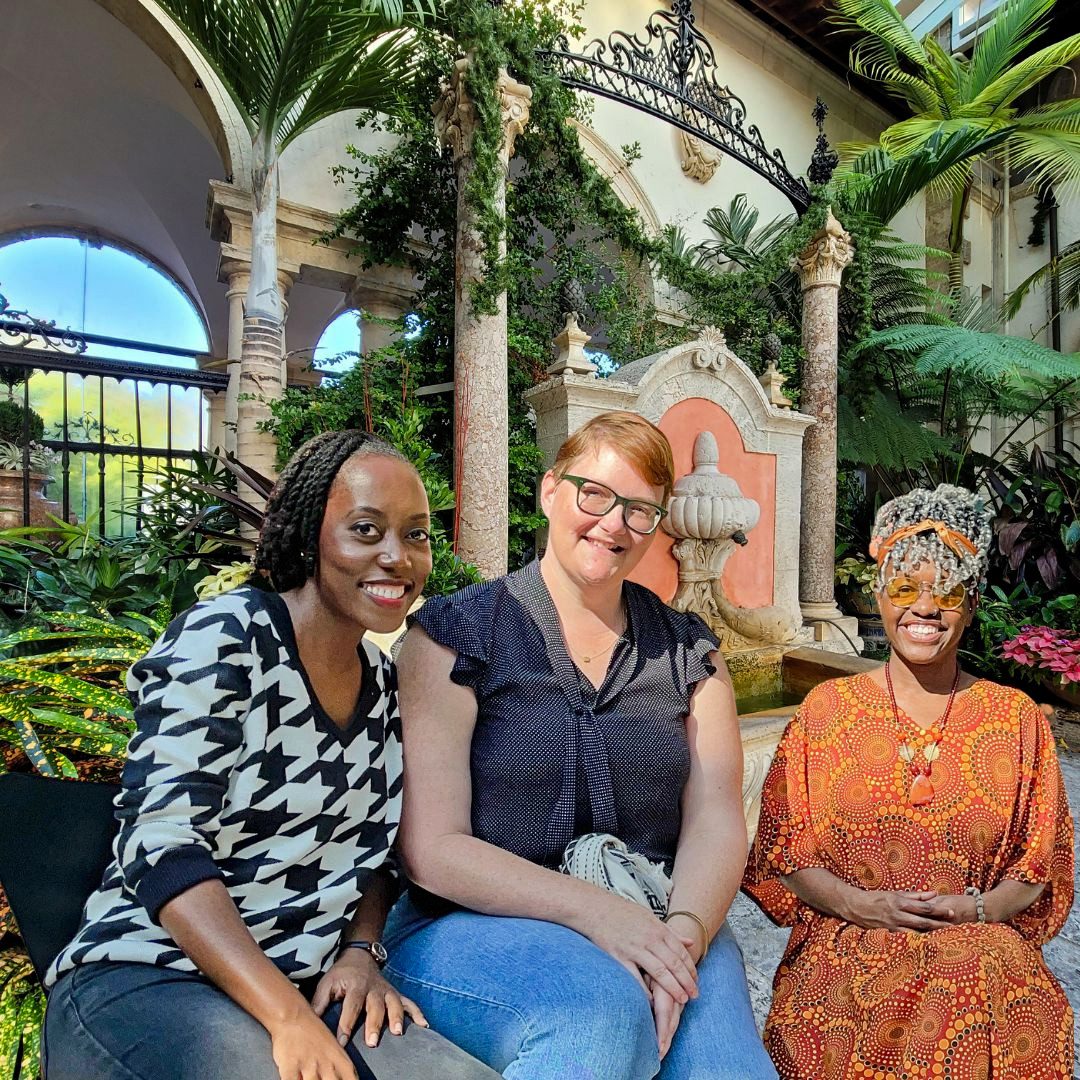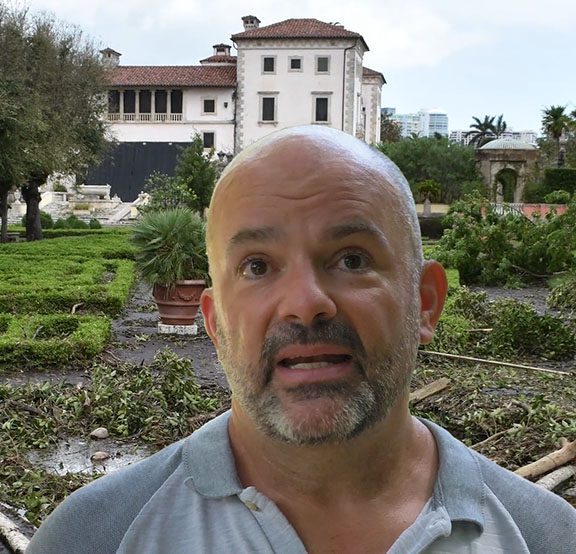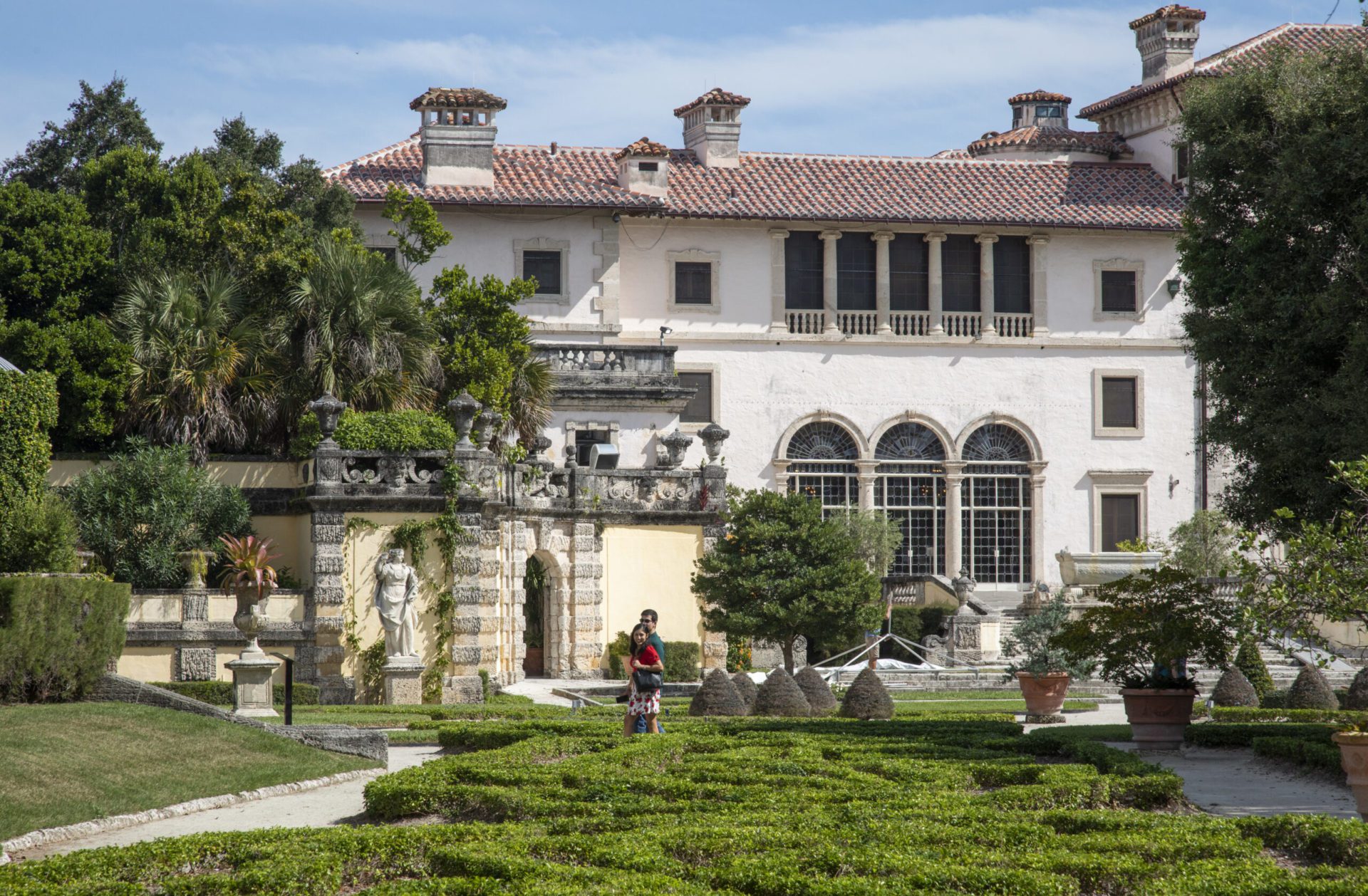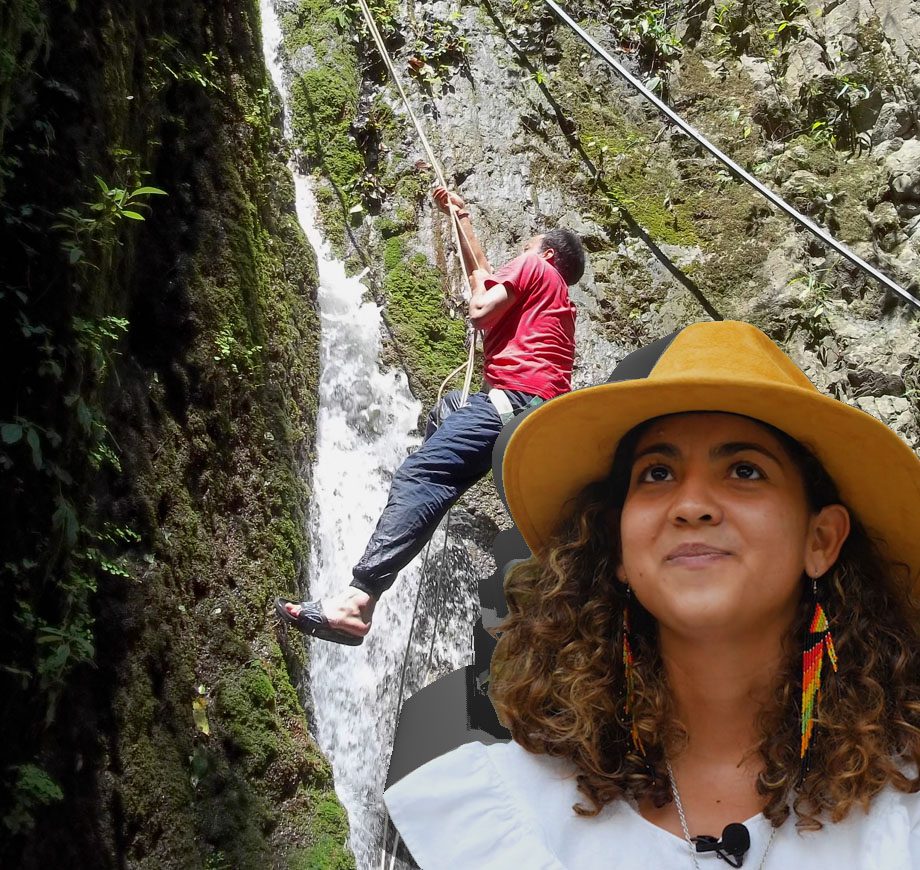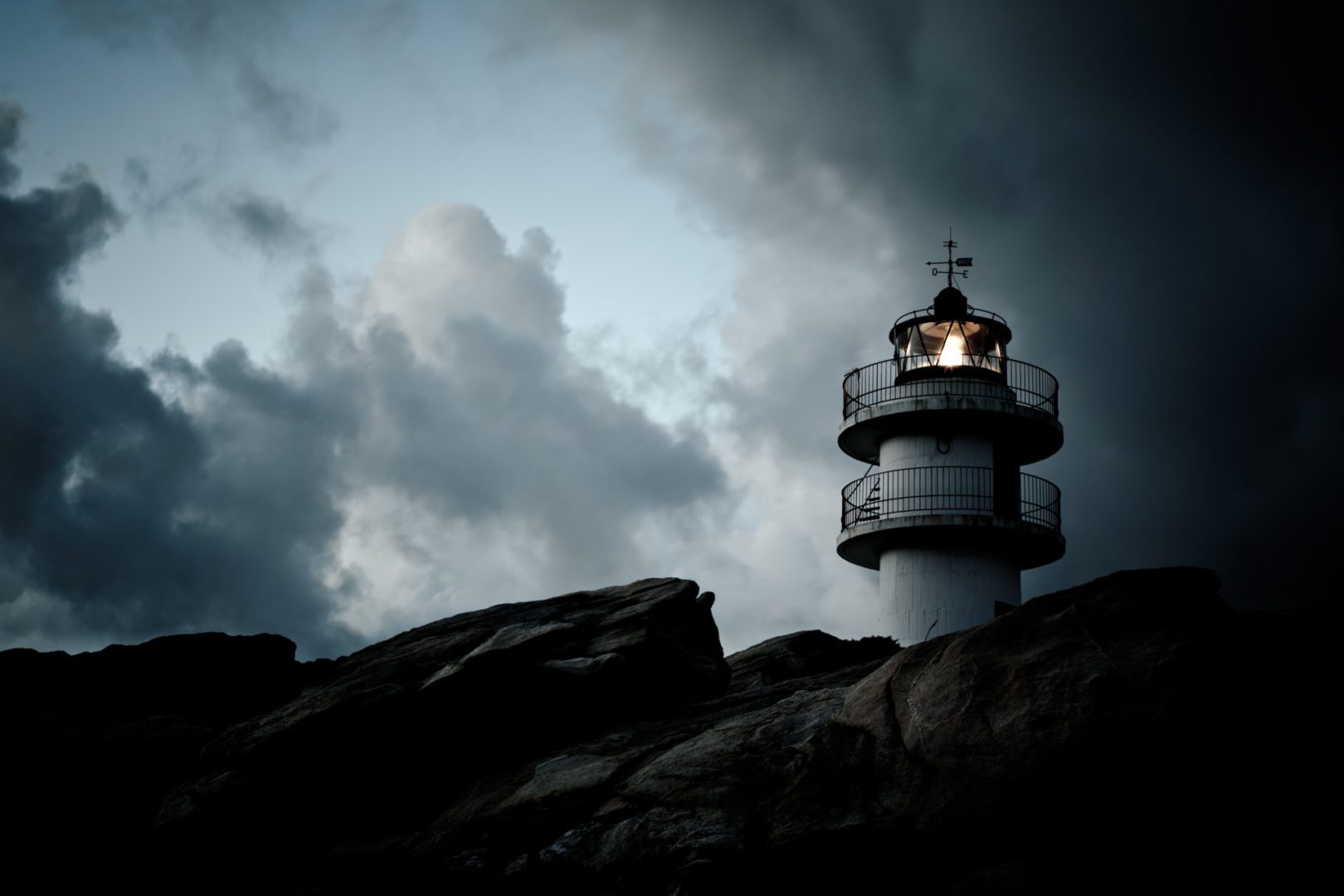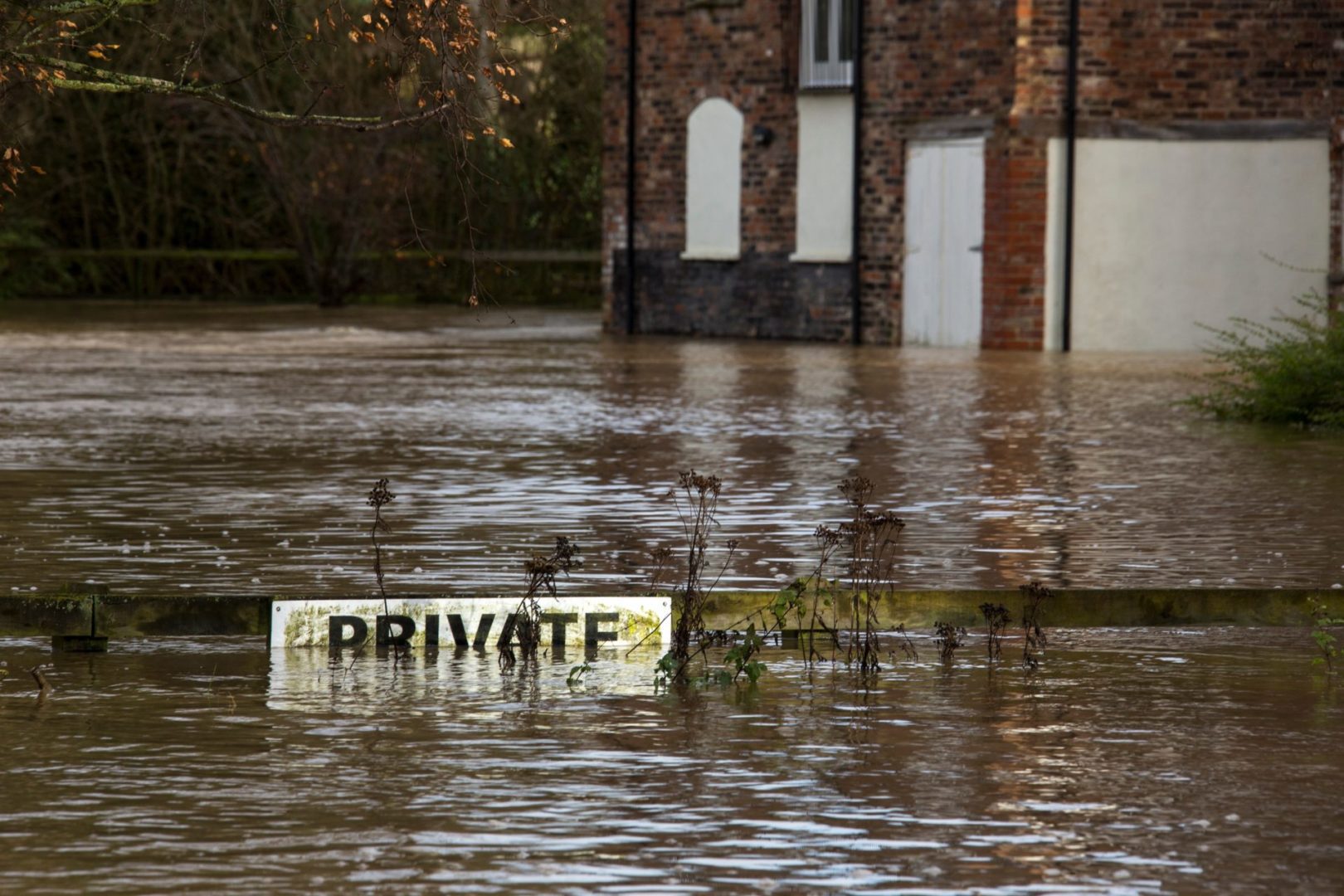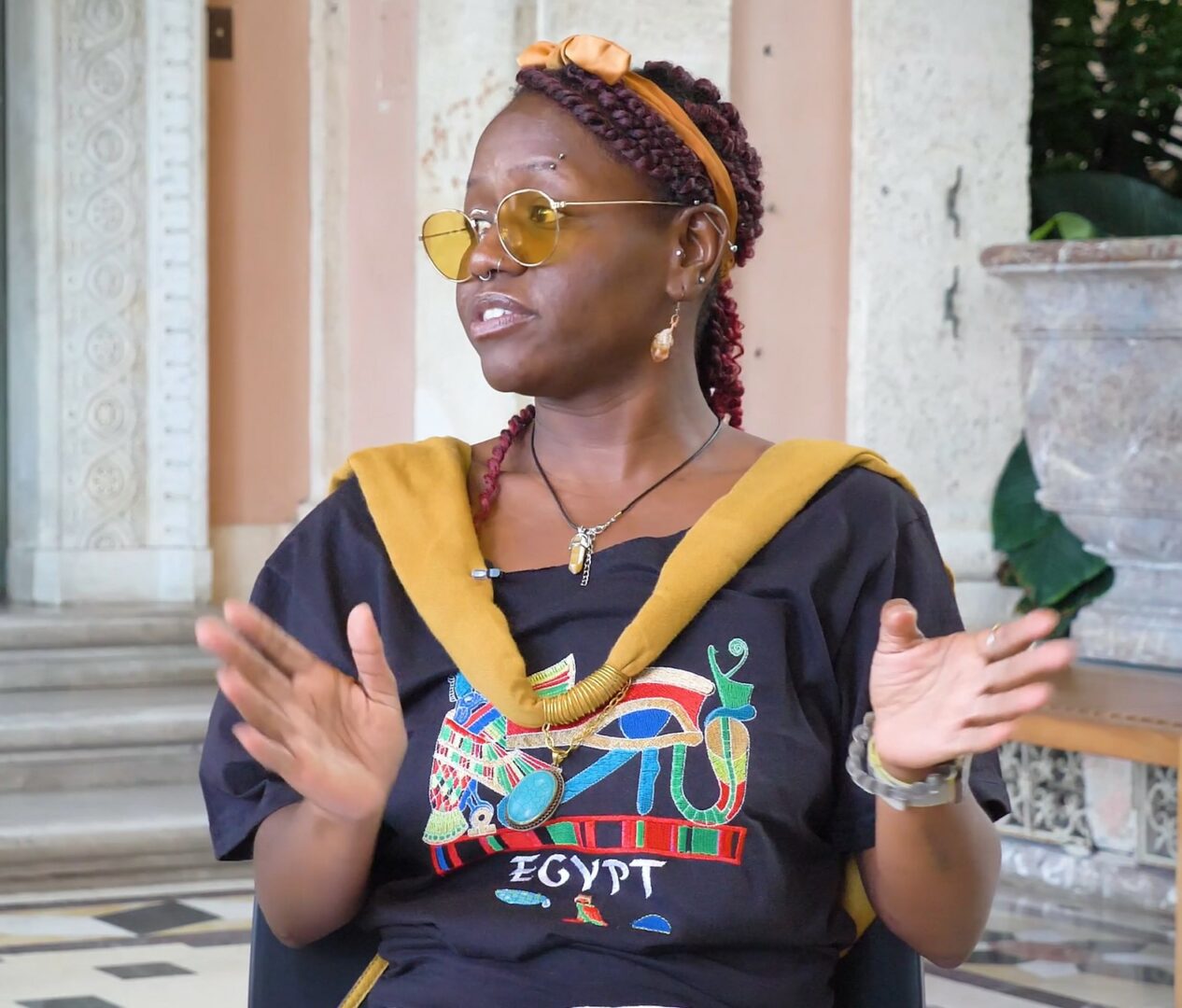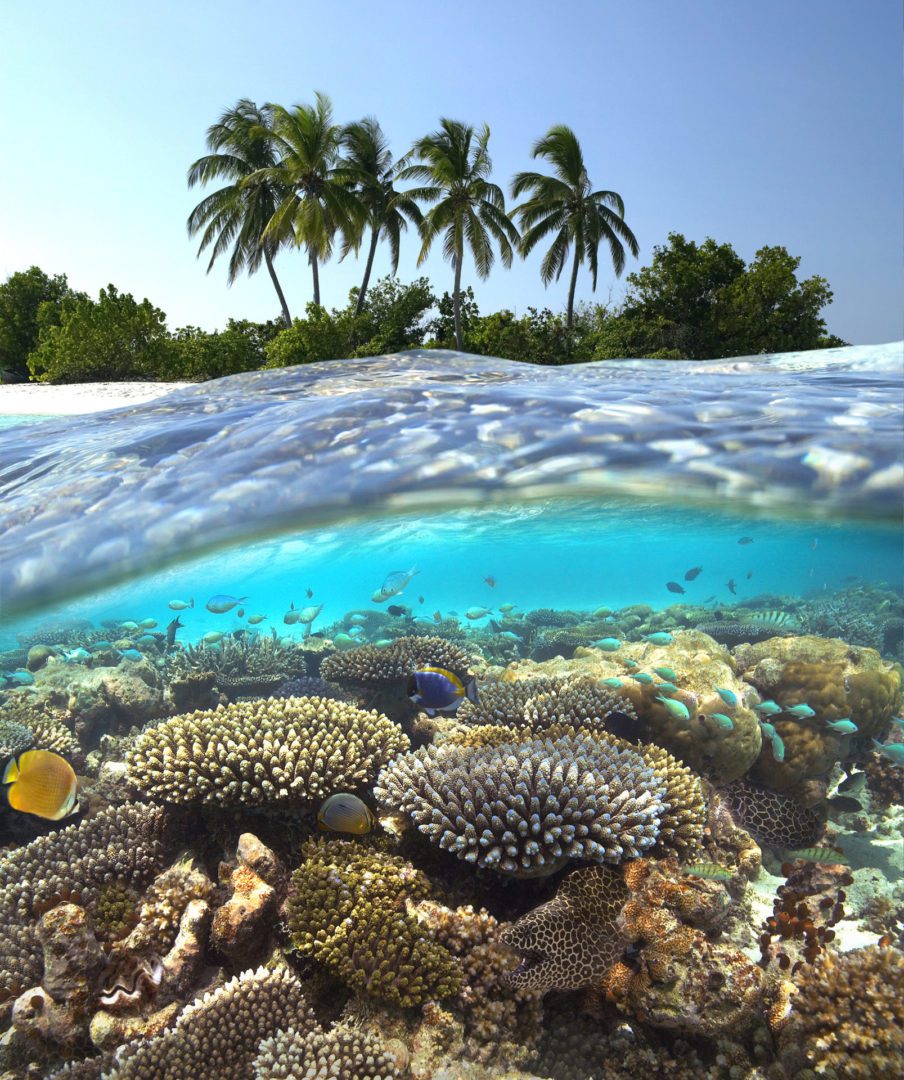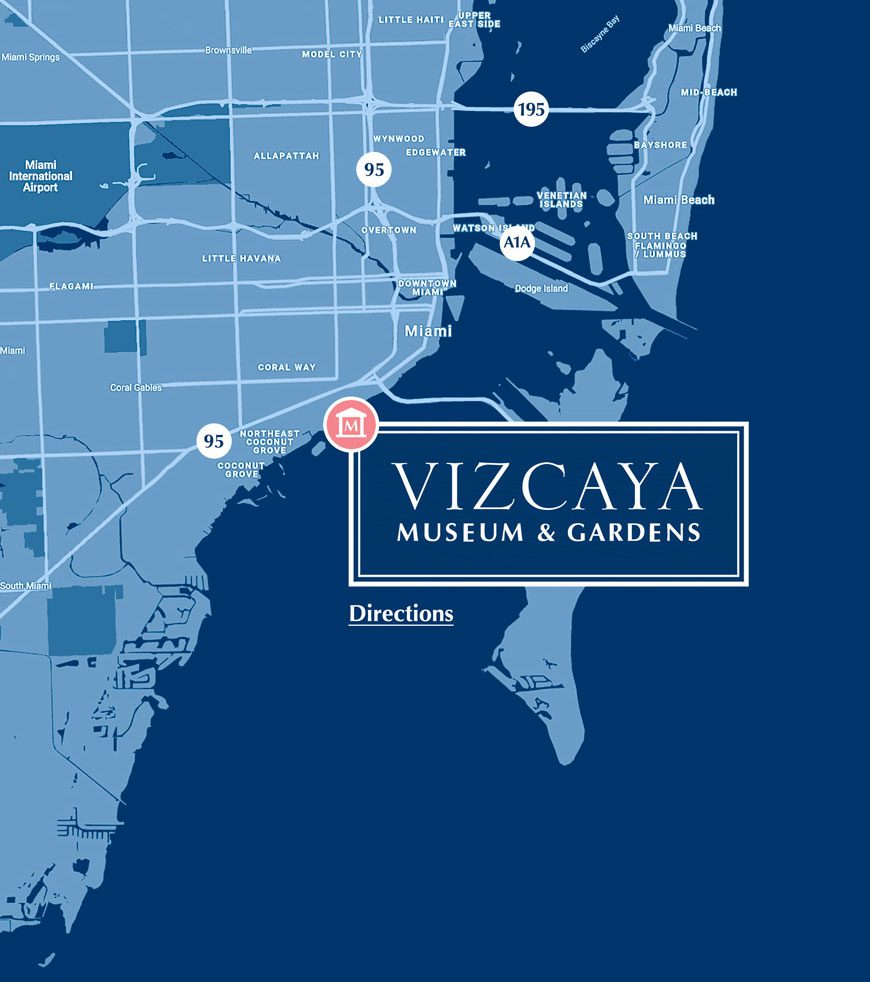Pine Rocklands are an endangered ecosystem, and the museum is utilizing the Village restoration project to assist in its fight for survival. Pine Rocklands exhibit a unique and diverse plant community including the South Florida slash pine and its layer of many shrubs and palms.
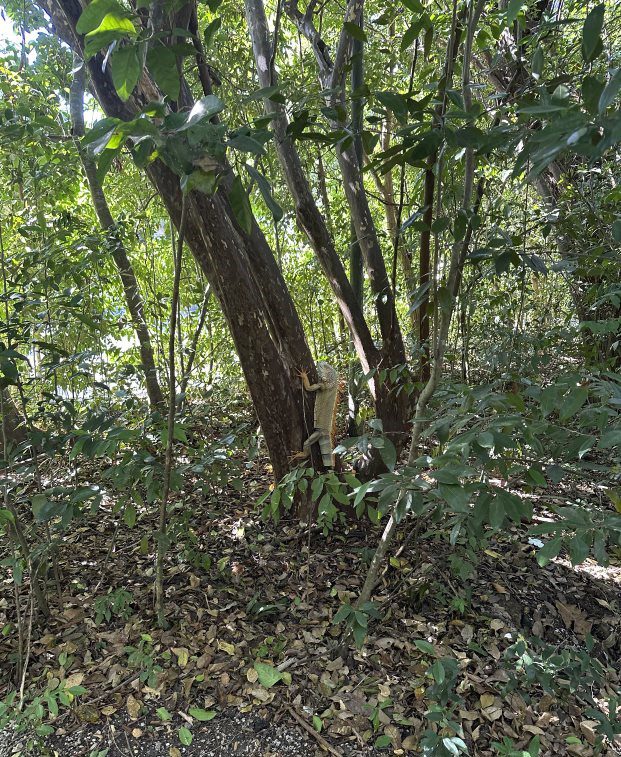
Mangroves are shrubs or trees that grow in coastal intertidal zones with little to no oxygen. There are over 80 species of these plants, 3 of which are found in Florida. Some secrete excess salt through their leaves, while others block absorption of salt at their roots. These “stilts of nature” cannot withstand freezing temperatures and only grow in tropical climates. The magnificent dancing roots act as a form of protection for the shoreline against harsh waves and shelter small sea-life against the threat of predators. Mangroves are also a nesting area for coastal birds such as pelicans.
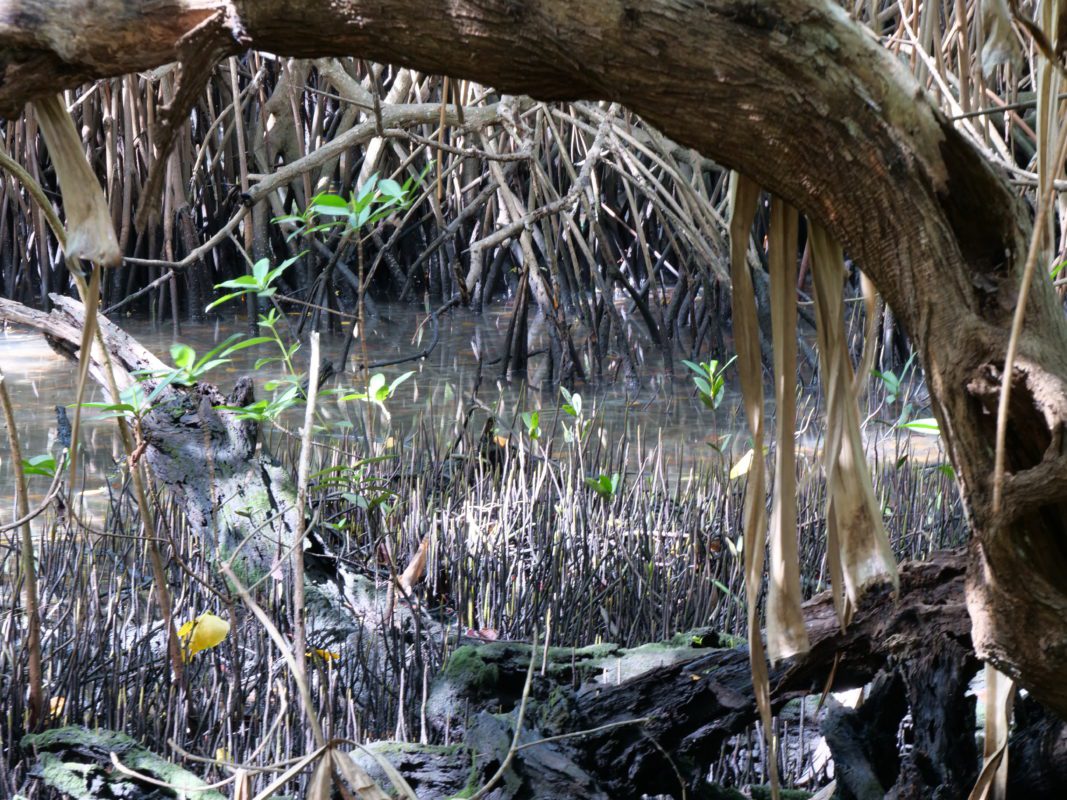
The lagoon is approximately 35 miles long and up to 8 miles wide, with a surface area of 221 square miles, and is the home of one of the museum’s most iconic features – the Barge. Biscayne Bay houses sea-grass meadows, one of the most productive ecosystems in the world — providing shelter and sustenance to fish, marine mammals and birds.
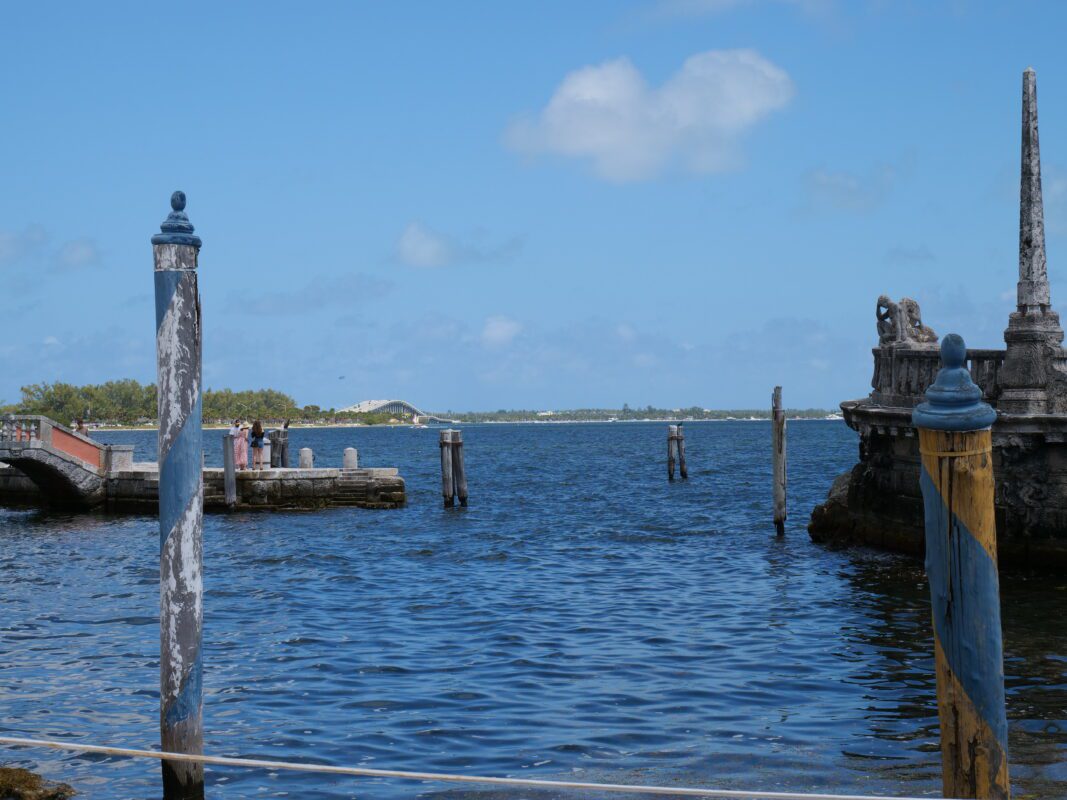
Pine Rocklands are an endangered ecosystem, and the museum is utilizing the Village restoration project to assist in its fight for survival. Pine Rocklands exhibit a unique and diverse plant community including the South Florida slash pine and its layer of many shrubs and palms.
